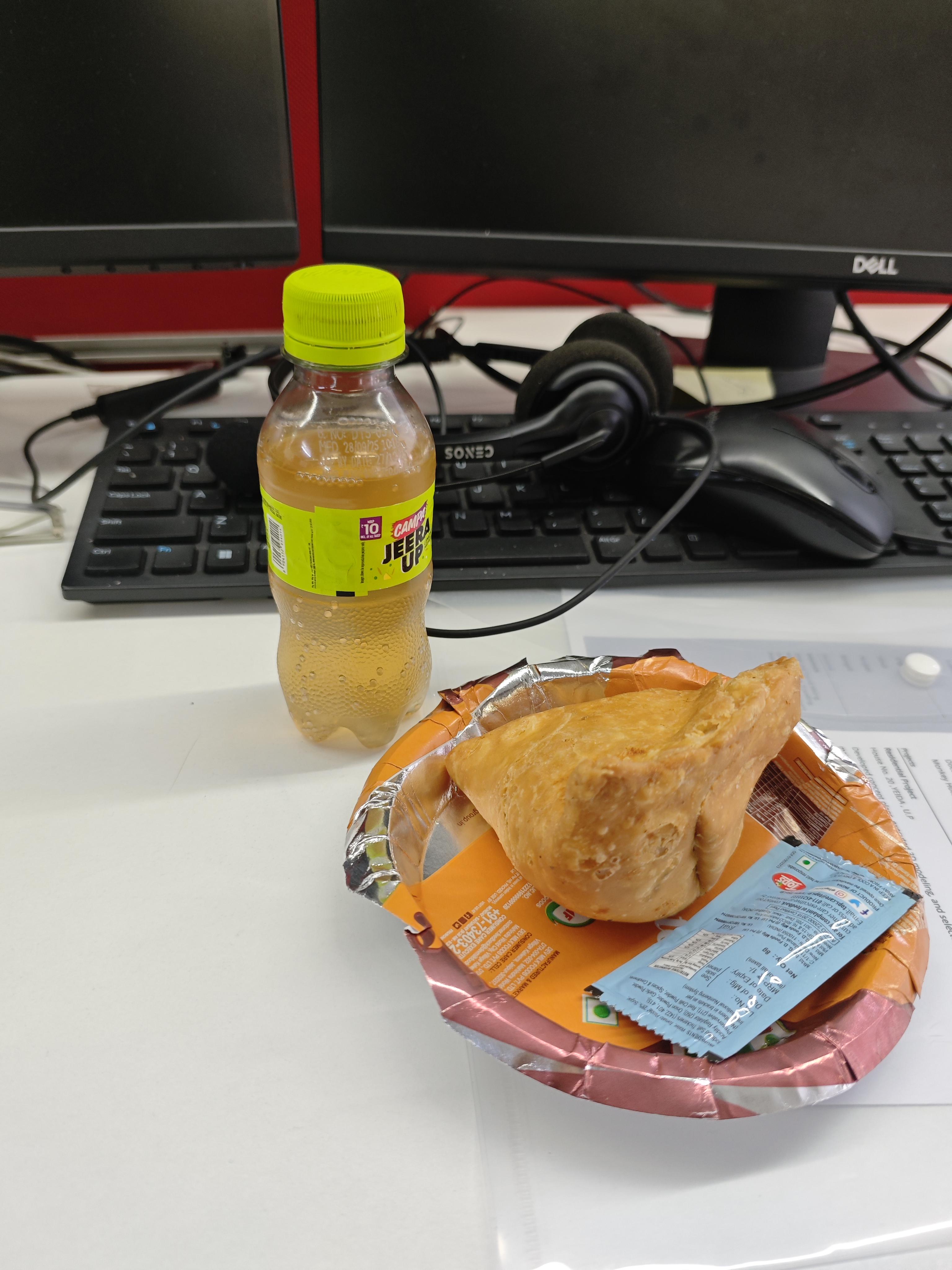Eating whole fresh fruit, especially blueberries, grapes, apples and pears, is linked to a lower risk of Type 2 diabetes, but drinking fruit juice has the opposite effect, says a new study. British, US and Singaporean researchers pored over data from three big investigations that took place in the United States over a quarter of a century in all. More than 187,000 nurses, doctors and other professional caregivers were enrolled.
Their health was monitored over the following years, and they regularly answered questionnaires on their eating habits, weight, smoking, physical activity and other pointers to lifestyle. Around 6.5 percent of the volunteers developed diabetes during the studies. People who ate at least two servings each week of certain whole fruits, especially blueberries, grapes and apples, reduced their risk of Type 2 diabetes by as much as 23 percent compared to those who ate less than one serving per month. "Our findings provide novel evidence suggesting certain fruits may be especially beneficial for lower diabetes risk," said Qi Sun, an assistant professor of nutrition at the Havard School of Public Health. On the other hand, those who consumed one or more servings of fruit juice each day increased their risk of developing the disease by as much as 21 percent. Swapping three servings of juice per week for whole fruits resulted in a seven-percent reduction in risk. The paper, published by the British Medical Journal (BMJ), says further work is needed to explore this "significant" difference. It speculates that, even if the nutritional values of whole fruit and fruit juice are similar, the difference lies with the fact that one food is a semi-solid and the other a liquid. "Fluids pass through the stomach to the intestine more rapidly than solids even if nutritional content is similar," says the paper. "For example, fruit juices lead to more rapid and larger changes in serum [blood] levels of glucose and insulin than whole fruits." The study also points to evidence that some kinds of fruit have a beneficial effect for health. Berries and grapes, for instance, have compounds called anthocyanins which have been found to lower the risk of heart attacks. But, say the authors, how or even whether this also applies to diabetes risks is for now unclear.
Advertisement












